How do e-bikes work?
Electric bikes work by combining traditional pedal power with the assistance of an electric motor. Here's a basic explanation of how e-bikes work:
Electric Motor: E-bikes are equipped with an electric motor, usually located in the hub of one of the wheels (hub motor) or integrated into the bike's frame (mid-drive motor).
Battery: The electric motor is powered by a rechargeable battery, typically mounted on the frame of the bike. This battery stores electrical energy that is used to assist in propulsion.
Pedal Assist (Pedelec) System: Most e-bikes use a pedal-assist system, also known as a pedelec (pedal electric cycle) system. When you start pedaling, sensors detect the movement and the force applied to the pedals.
Controller: The sensor signals are sent to a controller, which determines how much electric assistance is needed based on your pedaling input.
Electric Assistance: The electric motor then provides assistance by adding power to your pedaling. The level of assistance can often be adjusted, allowing you to control how much electric boost you receive.
No Pedaling Mode (Throttle): Some e-bikes also have a throttle, similar to a motorcycle, which allows you to control the electric motor without pedaling. However, many e-bikes primarily rely on the pedal-assist system.
Regenerative Braking (Optional): In some e-bikes, regenerative braking is used to recover a small amount of energy during braking. When you apply the brakes, the motor acts as a generator, converting kinetic energy back into electrical energy to recharge the battery.
Display and Controls: E-bikes often come with a display mounted on the handlebars that shows information such as speed, battery level, and selected assistance level. Controls on the handlebars allow you to adjust settings.
In summary, e-bikes work by seamlessly integrating electric power with traditional pedaling. The electric motor provides assistance when you pedal, making it easier to ride, especially in challenging terrain or for longer distances.
